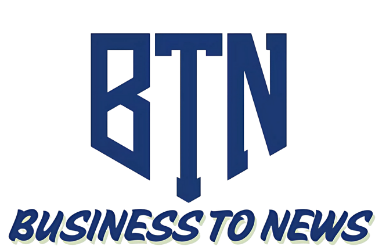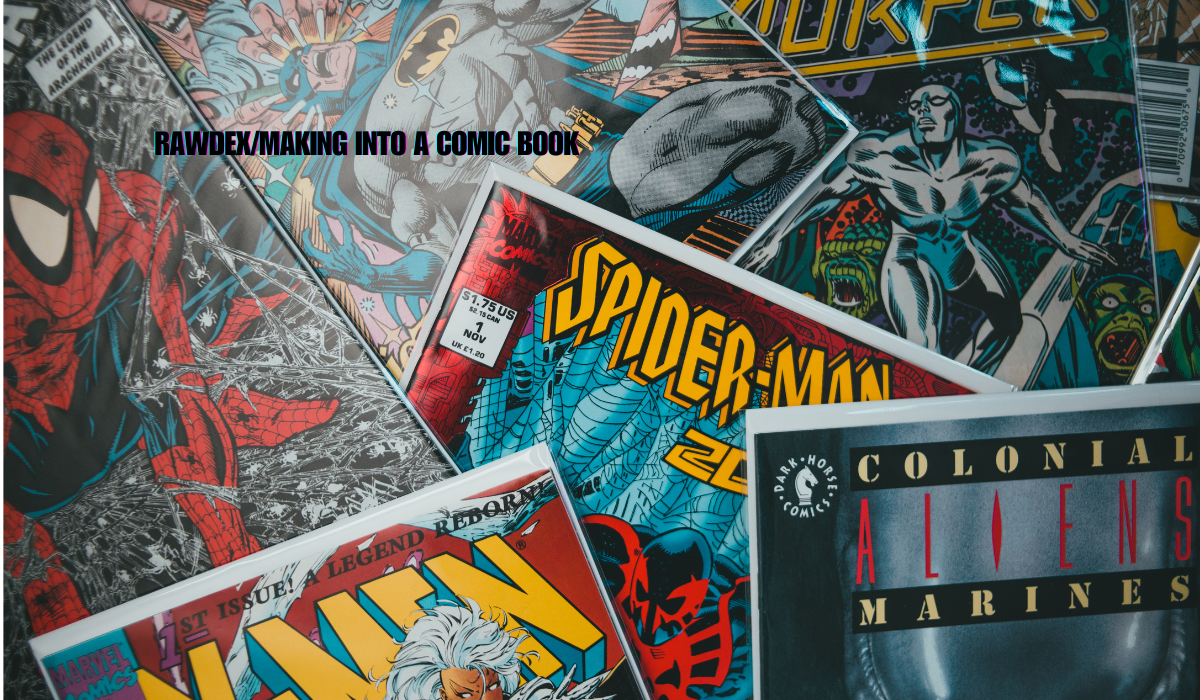Creating a comic book is no small feat. It’s a creative process that blends storytelling, artistry, and meticulous planning into something compelling and unforgettable. Take “RawDEX” as an example—a project that began as a fusion of futuristic technology and ancient mythology, which quickly evolved into a visually stunning and narratively gripping comic book.
This post will walk you through the creative process behind turning “RawDEX” into a full-fledged comic. We’ll explore Rawdex/Making into a Comic Book concept development, worldbuilding, character creation, and more. Whether you’re an aspiring comic creator or a curious fan, you’re in for a fascinating behind-the-scenes look.
Why “RawDEX” Stands Out
The allure of “RawDEX” lies in its unique juxtaposition of two worlds—imaginative future tech and timeless mythological elements. This intriguing combination creates a universe where ancient ruins meet vibrant, cyberpunk-style cities. A young hacker acting as the story’s heart unearths the hidden potential of ancient technologies, offering readers a thrilling narrative with stunning visuals.
But what does it take to bring an idea like “RawDEX” from concept to comic book reality?
The 6 Key Stages of Creating “RawDEX”
Creating a comic involves much more than simply putting pen to paper. It’s a multi-stage process that requires thoughtful planning, creativity, and collaboration. Here’s how the “RawDEX” creators turned their vision into reality:
1. Concept Development
Every great comic starts with a strong idea. For “RawDEX,” the creators imagined a world where futuristic technology coexists with ancient myth. They spent two weeks brainstorming the core theme and determining the story’s tone. This laid the groundwork for the comic’s unique universe and overarching narrative.
Key Questions Asked During This Phase:
- What themes will resonate with readers?
- How can we make the story feel fresh and unique?
- What’s our core message?
2. Worldbuilding
No story can truly captivate without a believable and immersive world. For “RawDEX,” this stage took one month and involved designing cities, landscapes, and civilizations. The creators carefully blended advanced technologies (like glowing metropolis skylines) with mysterious, ancient ruins to create a living and layered setting.
Tip for Creators: Start with a map! A visual reference can help you plan settings and ensure consistency.
3. Character Design
Characters breathe life into any comic, and the creators of “RawDEX” dedicated three weeks to developing their leads. The protagonist—a young, relatable hacker discovering the powers of ancient tech—was crafted to resonate deeply with readers. Side characters were also designed with unique traits to bring depth to the story.
Key Focus Areas:
- Who is the protagonist, and what drives their actions?
- How do supporting characters enhance the narrative?
- Does the design of each character align with the story’s tone and themes?
4. Story Writing
Once the world and characters were in place, the team spent two months writing a plot that would do them justice. The narrative had to balance action, character development, and overarching suspense to keep readers hooked with every panel.
What worked for “RawDEX”:
- Using cliffhangers to maintain tension.
- Giving each character their own arc to add emotional depth.
5. Artwork
Art is arguably the most vital piece of the comic puzzle, as it brings the story to life in ways words cannot. The “RawDEX” art team took three months to create vibrant, intricate panels that immerse readers in its high-tech, myth-rich world. With bold colors and sleek cyberpunk aesthetics, the visuals make “RawDEX” stand out.
6. Production and Printing
The final stretch involved refining artwork, laying out panels, and preparing the comic for distribution. This stage took one month and required tight collaboration between editors, printers, and technicians.
Tips for Aspiring Comic Creators
If you’re inspired by “RawDEX” and want to create your own comic, consider these tips to get started:
- Invest Time in Worldbuilding: A robust setting can elevate even the simplest stories.
- Draw Relatable Characters: Readers will care about your comic if they care about your characters.
- Collaborate: Comics are often a team effort. Find talented writers, artists, and editors to help bring your vision to life.
- Plan Your Monetization: Whether it’s through Patreon, ad revenue, or merchandising, consider how you’ll earn from your comic early on.
Monetizing a Comic Like “RawDEX”
There are multiple ways to turn your passion project into a source of income. Here are three effective options for creators:
- Ad Revenue: Publish your comic on platforms like Webtoon or Tapas, which offer ad-based revenue models.
- Patreon & Ko-Fi: Give your fans access to exclusive content or behind-the-scenes looks for a monthly donation.
- Merchandising: Stickers, posters, and apparel based on your comic’s artwork can create a loyal fanbase and a steady income stream.
Crafting the Next Big Comic
Creating a comic book is a rewarding process that demands both creativity and dedication. “RawDEX” is a shining example of how a unique idea can evolve into a gripping visual story with the right combination of effort and expertise.
If you’re considering bringing your comic to life, take inspiration from “RawDEX” and don’t shy away from bold, original ideas. Remember, every great universe began with a single thought—what will yours look like?
FAQs About Rawdex/Making into a Comic Book
How long does it take to create a comic like “RawDEX”?
The timeline can range widely depending on the project’s scope and the team’s size. For “RawDEX,” the process spanned 8 months—from concept to completion.
Can I create a comic alone?
Absolutely! Many independent comic creators work solo. However, collaboration often helps speed up the process and elevate the overall quality.
Where can I publish my comic?
Popular platforms include Webtoon, Tapas, and MangaPlus. Choose one based on your target audience and preferred monetization options.
How can I promote my comic?
Share teaser images on Instagram, Twitter, and Reddit. Engage with your readers on platforms like Discord or through live Q&A sessions.
What are the costs involved in creating a comic?
Costs vary depending on whether you work solo or hire a team. Common expenses include art supplies, software, and printing costs.

